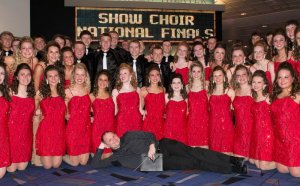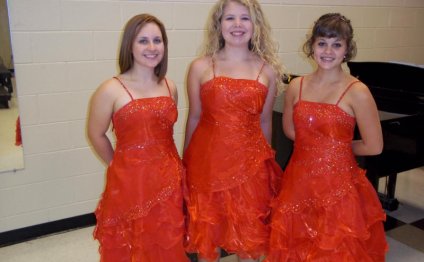
Show Choir Uniforms
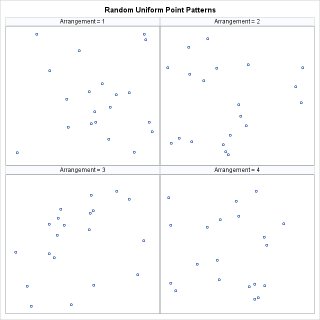 I sing in the SAS-sponsored VocalMotion show choir. It's like an adult version of Glee, except we have more pregnancies and fewer slushie attacks.
I sing in the SAS-sponsored VocalMotion show choir. It's like an adult version of Glee, except we have more pregnancies and fewer slushie attacks.
For many musical numbers, the choreographer arranges the 20 performers on stage in an orderly manner, such as four rows of five singers. But every once in a while the director wants to create a disorganized look for a portion of a song (for example, a free-form '60's segment). She tells the performers to "go to random positions."
The choir always has problems achieving the look that the director wants. We end up in positions that are equally spaced from one another, but to the audience it often looks like we tried to arrange ourselves in rows, but failed miserably!
Since I know what a random point pattern looks like, I try to help. I whisper "clump more" and "vary the sizes of the gaps between performers." I tell my fellow performers, "random uniform does not imply uniformly spaced, " but mostly they just ignore me or roll their eyes.
This year I took it upon myself to solve the problem, and I discovered that it led to some interesting statistics.
The Experiment
My first attempt to help the director was to generate many examples of random point patterns. Our stage is approximated by the rectangle S = [0, 2] x [0, 1]. It is easy to generate 20 points that are uniformly distributed in S. My idea was that the director would have 10–12 of these patterns. When she wants a random configuration, she can hold up a pattern and say, "go to this configuration." I sent the director the patterns on the adjacent image.
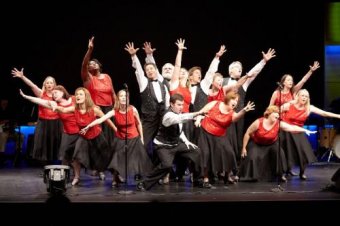 I was quite proud of myself. But guess what?
I was quite proud of myself. But guess what?
She didn't like them.
Random Uniform versus Evenly Spaced
The director has been telling us to go to random positions, so how can she not like the random configurations that I sent her? She explained that there are two characteristics that she doesn't like:
- Large areas of the stage are devoid of performers, which I translate to mean "the point patterns have too many gaps."
- Some of the performers are too close to one another, which I translate to mean "the point patterns have too many clusters."
YOU MIGHT ALSO LIKE
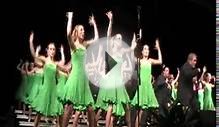


Share this Post
Related posts
Show Choir names
It’s been a productive few weeks since the show choir first met! Now that we’ve determined the skill sets and vocal ranges…
Read MoreShow Choir Musical
Calling all 9–16 year olds who love to sing, dance, and act to join the Show Choir Camp! Musical rehearsals, vocal coaching…
Read More
